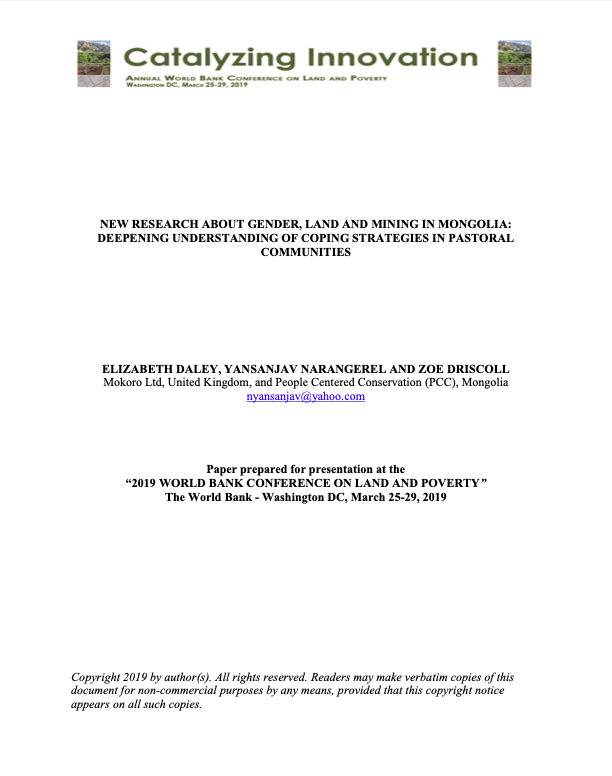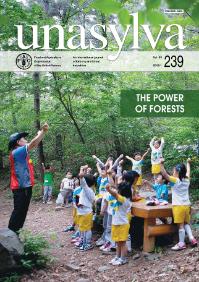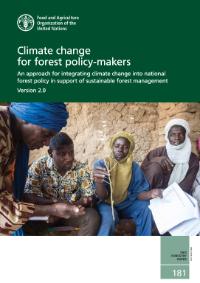How Community-Based Rangeland Management Achieves Positive Social Outcomes In Mongolia: A Moderated Mediation Analysis
Evidence-based policy guidance necessary for addressing mixed outcomes of community-based rangeland management (CBRM) is limited, dominated by case studies, and lacking coverage of diverse ecological settings. In remedy, we studied 65 traditional neighborhoods and 77 formally-organized CBRM groups across four ecological zones and investigated how and when CBRM obtains greater social outcomes than non-CBRM neighborhoods.







